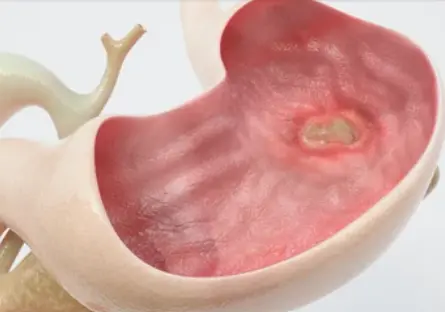 Welcome
Welcome
“May all be happy, may all be healed, may all be at peace and may no one ever suffer."
Cervical intraepithelial neoplasia - Generics
Cervical intraepithelial neoplasia (CIN) refers to abnormal cell growth on the surface of the cervix, which is the lower part of the uterus that connects to the vagina. CIN is often caused by the human papillomavirus (HPV) and can be detected through a Pap smear or HPV test.
CIN is classified into three grades based on the severity of abnormal cell growth:
- CIN 1: Mild dysplasia, where abnormal cells are present only in the outermost layer of the cervix.
- CIN 2: Moderate dysplasia, where abnormal cells are present in the outer two-thirds of the cervical tissue.
- CIN 3: Severe dysplasia, where abnormal cells are present in almost the entire thickness of the cervical tissue.
Most cases of CIN resolve spontaneously without treatment, but CIN 2 and CIN 3 may progress to cervical cancer if left untreated. Treatment for CIN may include:
- Watchful waiting: For mild cases of CIN 1, doctors may recommend monitoring the condition to see if it resolves on its own.
- LEEP: Loop electrosurgical excision procedure (LEEP) is a surgical procedure that removes the abnormal tissue from the cervix.
- Cryotherapy: This involves freezing the abnormal tissue with liquid nitrogen.
- Laser therapy: This uses a laser to destroy the abnormal tissue.
- Hysterectomy: In severe cases of CIN or when other treatments have failed, a hysterectomy may be recommended.
Prevention of CIN and cervical cancer includes regular Pap smears and HPV testing, avoiding sexual activity at an early age, and practicing safe sex. HPV vaccines are also available to prevent HPV infection and reduce the risk of developing CIN and cervical cancer.

Tularaemia

Peptic ulcer disease

Haemophilus influenza typ...

Allergic and inflammatory...

Aggression

Acute otitis media

Iron and folic acid defic...

Allergic and inflammatory...
Cervical intraepithelial neoplasia, সার্ভিকাল ইন্ট্রাপিথেলিয়াল নিউওপ্লাসিয়া
To be happy, beautiful, healthy, wealthy, hale and long-lived stay with DM3S.